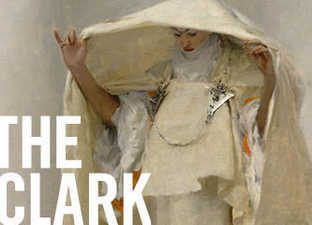Clark Art to Screen 'Metropolis'
WILLIAMSTOWN, Mass. — On Thursday, April 20 at 6 pm, the Clark Art Institute screens "Metropolis" in its auditorium, located in the Manton Research Center.
Presented in connection with the Clark's exhibition "Portals: The Visionary Architecture of Paul Goesch," this is the third event in the Clark's five-part series, Visionary Architecture on Film. The film series explores themes related to Paul Goesch's life and work in early twentieth-century Germany.
According to a press release:
In a futuristic city marked by extreme inequality, the wealthy live lavishly in skyscrapers while workers toil underground, operating machines that keep society running. One of the first science fiction films, Fritz Lang's Metropolis (1927; 1 hour, 54 minutes) both reflected and accelerated the emergence of Art Deco design in the United States and Europe. With its themes of mechanization, societal stratification, and fascism, the film is a grand tour of the issues that animated interwar Germany.
Free and open to the public; no registration is required. The Clark's Visionary Architecture on Film series is organized by Ella Comberg, MA '24 in the Williams Graduate Program in the History of Art.
Tags: Clark Art,

